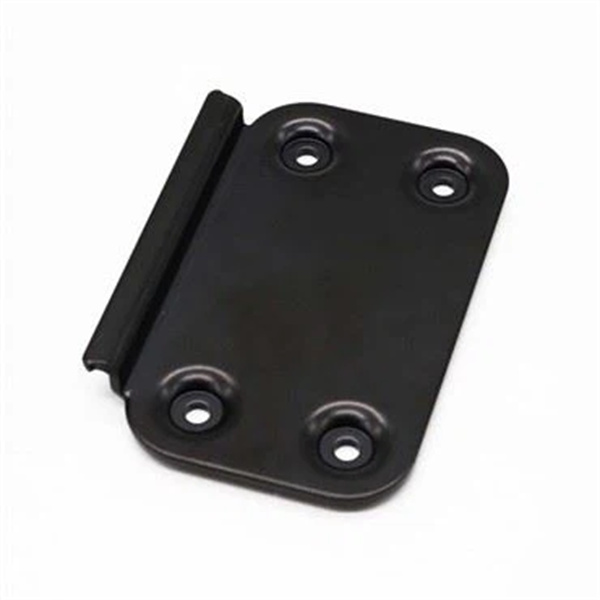The Art and Science of Automotive Design: Unraveling the Influence of Zinc Die Casting
2024-01-03
Introduction:
In the intricate world of automobile manufacturing, the choice of materials and manufacturing processes plays a pivotal role in shaping the design, performance, and efficiency of vehicles. One manufacturing process that has gained prominence in the automotive industry is zinc die casting. This method, which involves injecting molten zinc into intricate molds, offers unique advantages that significantly influence the design of automobile parts.
The Versatility of Zinc Die Casting:
Zinc die casting stands out as a preferred manufacturing process for various automotive components due to its versatility. The method allows for the production of intricate and complex shapes with high precision, making it suitable for a wide range of automobile parts, from engine components to interior elements.
Engine Components:
The design of engine components demands a delicate balance between strength, weight, and intricate detailing. Zinc die casting excels in creating lightweight yet robust components, such as engine mounts, brackets, and housings. The process's ability to achieve intricate designs and maintain structural integrity contributes to enhancing the overall performance and efficiency of the engine.
Safety Features:
Automobile safety is a paramount concern for manufacturers and consumers alike. The design of safety features, such as airbag components, seatbelt buckles, and ABS system parts, requires materials that can withstand high-impact forces while maintaining precision and reliability. Zinc die casting, with its excellent strength-to-weight ratio and ability to produce complex shapes, plays a crucial role in the design and production of these safety-critical components.
Aesthetic Elements:
Beyond functionality, the design of automobile parts often emphasizes aesthetic appeal. Zinc die casting allows manufacturers to achieve intricate designs and fine detailing, making it an ideal choice for crafting visually appealing components like grilles, emblems, and decorative interior elements. The process facilitates the integration of design elements that enhance the overall look and feel of the vehicle.
Corrosion Resistance:
Automobiles face various environmental challenges, including exposure to moisture and corrosive substances. Zinc die casting offers inherent corrosion resistance, ensuring the longevity and durability of the manufactured components. This characteristic makes it a preferred choice for parts exposed to harsh weather conditions, such as exterior trims, handles, and under-the-hood components.
Cost-Effectiveness:
The economic feasibility of manufacturing processes is a significant factor influencing design choices in the automotive industry. Zinc die casting, with its high production efficiency and minimal waste, proves to be a cost-effective solution for mass production. The ability to create complex designs in a single step reduces the need for additional machining or assembly, contributing to overall cost savings.
Conclusion:
The design of automobile parts is a meticulous process that involves a delicate balance of functionality, aesthetics, and cost considerations. Zinc die casting emerges as a versatile and influential manufacturing process that shapes the design landscape of various automotive components. Its ability to combine intricate detailing, strength, corrosion resistance, and cost-effectiveness positions it as a cornerstone in the pursuit of creating high-performance and visually appealing vehicles. As automotive design continues to evolve, the role of zinc die casting in shaping the future of mobility remains firmly established.



